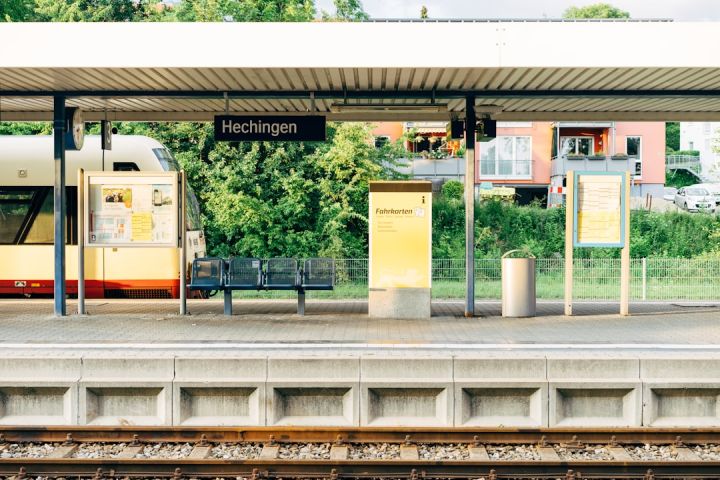Trains have become an essential mode of transportation for many people, offering convenience and efficiency in getting from one place to another. However, with the increasing use of electronic devices and the prevalence of cybercrime, it is crucial to ensure the security of our personal information while traveling. In this article, we will explore some practical tips on how to secure electronic devices and personal information on trains.
Protecting Your Devices
1. Lock Your Device
One of the simplest yet effective ways to secure your electronic device is to set up a screen lock. Whether it’s a PIN, password, or biometric authentication such as fingerprint or facial recognition, this extra layer of security can prevent unauthorized access to your device.
2. Install Security Software
Make sure to have reliable security software installed on your device, such as antivirus and anti-malware applications. These programs can detect and prevent potential threats, including viruses, spyware, and ransomware, from compromising your device and personal information.
3. Keep Your Software Updated
Regularly updating your device’s software is vital in maintaining its security. Software updates often include security patches that fix vulnerabilities that could be exploited by cybercriminals. Set your device to automatically update its software to ensure you have the latest security enhancements.
Securing Your Personal Information
1. Use Strong and Unique Passwords
Creating strong and unique passwords for your online accounts is crucial in protecting your personal information. Avoid using easily guessable passwords such as your birthdate or “123456.” Instead, use a combination of uppercase and lowercase letters, numbers, and special characters. It is also recommended to use a different password for each online account you have.
2. Enable Two-Factor Authentication
Two-factor authentication adds an extra layer of security to your online accounts by requiring two forms of identification, usually a password and a temporary code sent to your mobile device. Enable this feature whenever possible to ensure that even if someone manages to obtain your password, they still won’t be able to access your accounts without the additional verification code.
3. Be Cautious When Using Public Wi-Fi
Public Wi-Fi networks can be convenient, but they can also be a breeding ground for cybercriminals. When using public Wi-Fi on a train, avoid accessing sensitive information such as online banking or making purchases. If you must use public Wi-Fi, consider using a virtual private network (VPN) to encrypt your connection and protect your data from potential eavesdroppers.
Protecting Your Physical Environment
1. Keep Devices Secure
While on a train, always keep a close eye on your electronic devices. Never leave them unattended, even for a short period. If you need to step away, make sure to take your devices with you or secure them in a locked bag. Keeping your devices within your sight significantly reduces the risk of theft.
2. Be Mindful of Shoulder Surfers
Beware of individuals who may try to peek over your shoulder while you are using your electronic devices. Shield your screen with your hand or adjust your seating position to minimize the risk of someone seeing your personal information.
Conclusion:
Securing electronic devices and personal information on trains is essential to protect against potential cyber threats. By following these practical tips, such as locking your devices, installing security software, using strong passwords, enabling two-factor authentication, being cautious on public Wi-Fi, and keeping devices secure, you can enjoy your train journey with peace of mind, knowing that your personal information is safe and secure.





